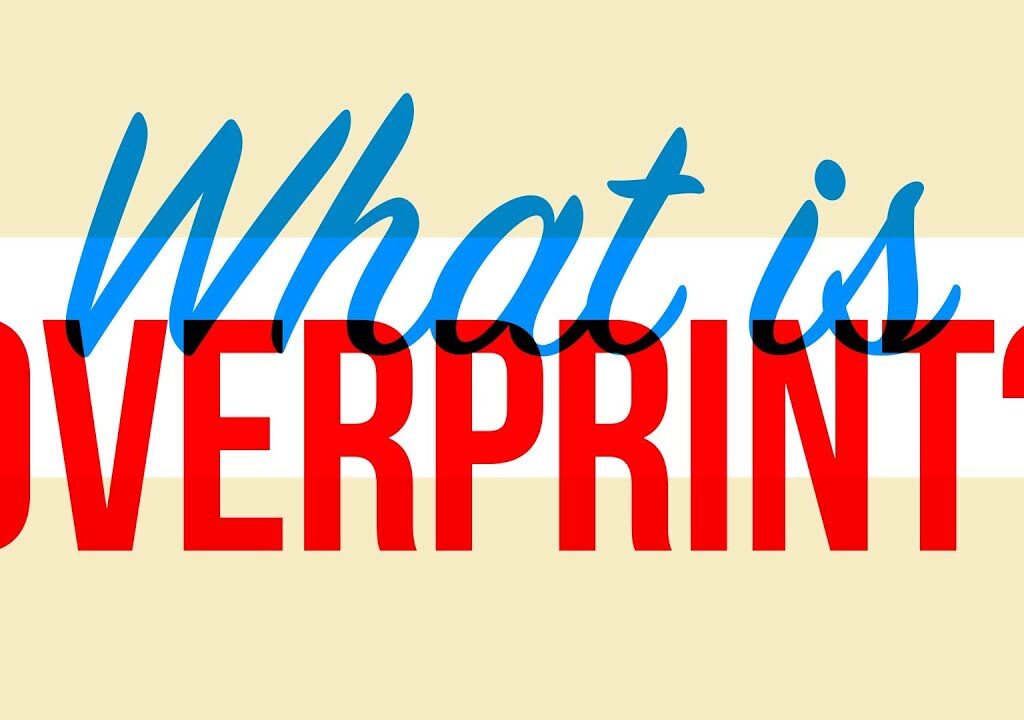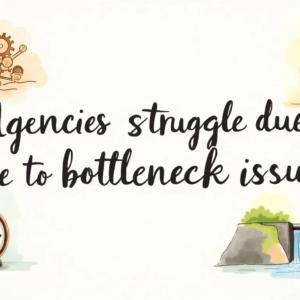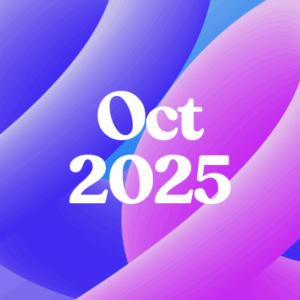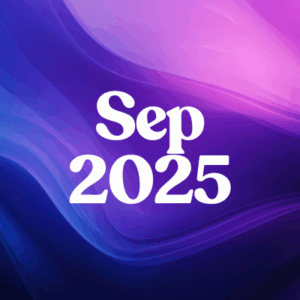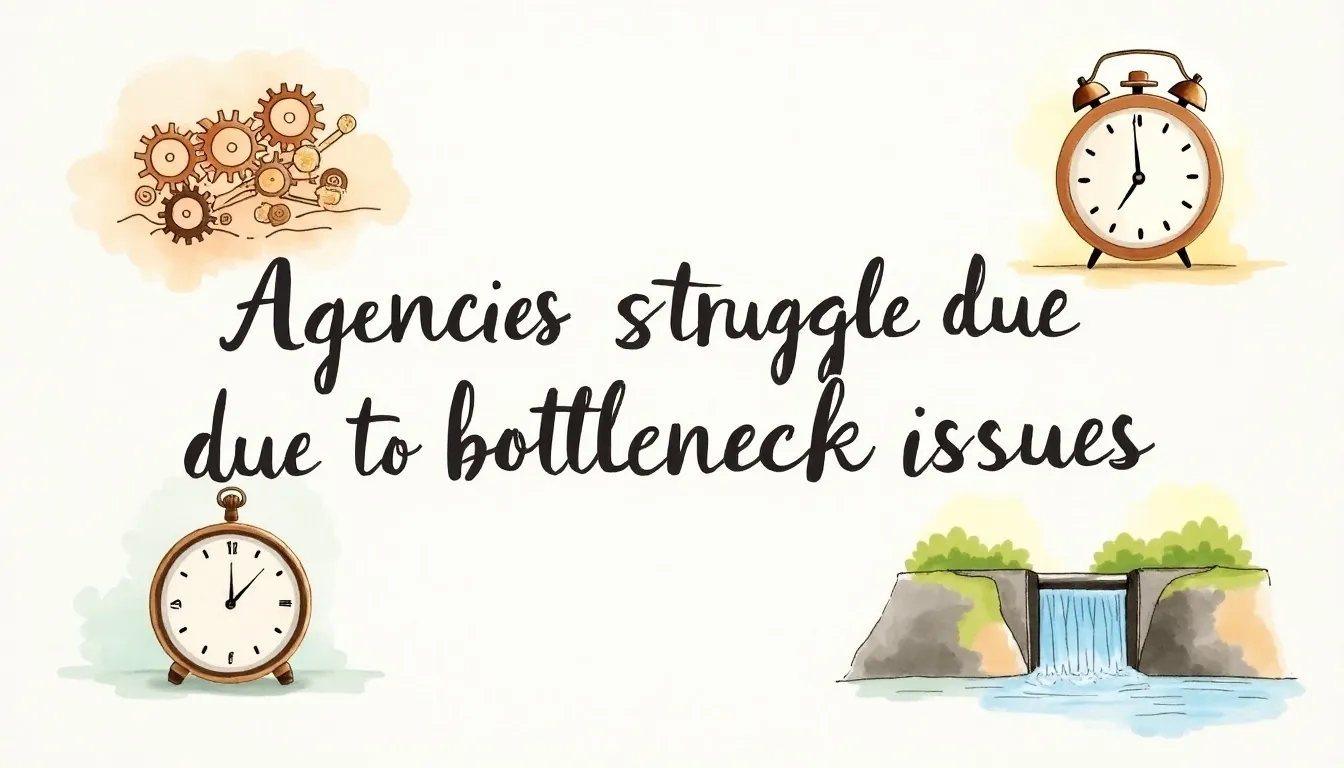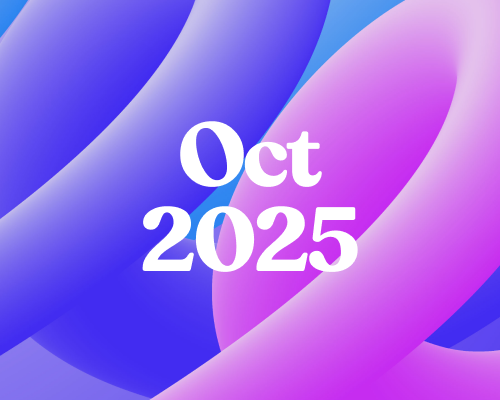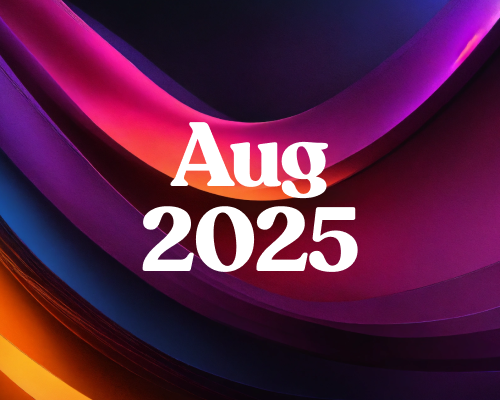Overprinting in marketing

Overprinting versus Knockout
In the Raster Image Processor (RIP), when one object overlaps another that shares the same color, the outcome isn’t always straightforward. Early RIP systems lacked the sophistication to accurately combine colors from overlapping elements (background and foreground). If the goal was for the foreground object to dominate, the RIP would remove the background color entirely within the overlapping area, allowing the foreground color to take precedence. This process, known as a “knockout,” essentially removes the background layer in the overlapping region, resulting in a clean and unblended appearance for the foreground object.
The overprint description described below
Digital files will, by default, overprint for some reason
Get well-documented evidence
Graphic designer need to know about overprinting

Consider your graphic designer as the main creator and custodian of your brand’s digital assets. When an asset is created as a symbol, logo, or system, the artist must have a thorough understanding of how the resource will be used in the future. Overprinting issues, such as incorrect color combinations, unintended patterns, or elements appearing where they shouldn’t, can compromise the quality of the final product.
Experienced designers utilize their technical expertise and knowledge of large-scale print processes to ensure that these challenges are preemptively addressed, providing results that align with your brand’s vision and standards. To maximize success, designers must also collaborate with printers to validate their designs against technical specifications, ensuring consistent and error-free outputs.
For business leaders and entrepreneurs
Additional Tips for Managing Overprinting
Understanding Overprint Settings in Software
Modern design software such as Adobe Illustrator and InDesign allows you to customize overprint settings. It is essential to always preview overprint settings before finalizing a design. Utilize the ‘Overprint Preview’ mode to identify any unintended overprint issues and make necessary adjustments.
Communicating with Your Printer
Establishing a clear line of communication with your printer can help mitigate overprinting errors. Share your design files with detailed instructions about overprint settings, and request their professional advice to avoid costly reprints or delays.
Color Proofing and Spot Colors
Whenever possible, use color proofing tools and spot colors for precision in your designs. Spot colors can help ensure that the final print matches your original design, reducing the chances of unexpected results due to overprinting.
Educating Your Team
Ensure that your entire design team is well-versed in handling overprint issues. Regular training sessions and resources can help them stay updated on the latest best practices in overprint management.
Avoiding Common Mistakes
Default Settings: Always double-check default overprint settings in software before sending files for print.
Hidden Layers: Be cautious of hidden layers or overlapping elements that may inadvertently activate overprint.
File Format: Save your design files in print-ready formats, such as PDF/X-4, to ensure compatibility with professional printing standards.
By integrating these practices into your workflow, you can minimize risks and ensure that your print marketing efforts are visually striking and error-free. If you find this article helpful, feel free to check out our other blogs on graphic design & web development.
